How to Choose the Perfect Countertop Material for a Waterfall Sink
So, you’ve fallen in love with the sleek, modern look of a waterfall kitchen sink—good choice! This eye-catching design features countertops that cascade down the sides of the cabinetry, creating a seamless, high-end aesthetic. But here’s the catch: not all countertop materials are created equal when it comes to waterfall edges.
Choosing the wrong material could mean dealing with cracks, stains, or a design that just doesn’t wow. That’s why we’re breaking down how to choose the perfect countertop material for a waterfall sink—balancing durability, style, and budget. Ready to dive in? Let’s go!
Why Your Countertop Material Matters for a Waterfall Sink
A waterfall edge isn’t just a fancy add-on—it’s a statement. But because the material wraps around the sides, you need something that:
✔ Holds up structurally (no weak points!)
✔ Looks stunning from all angles (seams? No thanks.)
✔ Fits your lifestyle (spills, heat, scratches—bring it on!)
Picking the wrong one? That’s like wearing stilettos to a hike—painful and impractical.

Top Countertop Materials for Waterfall Sinks: Pros & Cons
Not sure where to start? Here’s the lowdown on the best (and worst) materials for waterfall edges.
1. Quartz: The Durable Showstopper
✅ Pros:
- Nearly indestructible (great for busy kitchens!)
- Non-porous (bye-bye, stains & bacteria)
- Huge variety of colors & patterns
- Seamless look (perfect for waterfall designs)
❌ Cons:
- Can be pricey
- Not heatproof (hot pans = bad idea)
2. Marble: Luxe but High-Maintenance
✅ Pros:
Timeless elegance (hello, Instagram-worthy kitchen!)
Naturally cool (great for bakers)
❌ Cons:
- Stains & etches easily (wine & lemons are its enemies)
- Needs regular sealing
- Expensive & heavy
3. Granite: Tough & Natural
✅ Pros:
- Heat & scratch-resistant (pots & knives? No problem.)
- Unique natural patterns
- Adds home value
❌ Cons:
- Requires sealing
- Seams might be visible in waterfall edges
4. Solid Surface (Corian): Seamless & Budget-Friendly
✅ Pros:
- Seamless installation (ideal for waterfall edges)
- Repairable (scratches buff out easily)
- More affordable than stone
❌ Cons:
- Not heat-resistant
- Can look less premium than stone
5. Concrete: Industrial Chic
✅ Pros:
- Ultra-customizable (colors, textures, you name it)
- Durable if sealed properly
❌ Cons:
- Prone to cracks & stains
- Heavy (reinforcement needed)
How to Choose the Perfect Countertop Material for a Waterfall Sink: 5 Key Factors
Still on the fence? Ask yourself these questions before committing:
1. What’s Your Budget?
- Splurge: Quartz, marble
- Mid-Range: Granite
- Budget: Solid surface, laminate
2. How Much Maintenance Are You Willing to Do?
- Low Maintenance: Quartz, solid surface
- High Maintenance: Marble, concrete
3. What’s Your Design Style?
- Modern: Quartz, concrete
- Classic: Marble, granite
- Minimalist: Solid surface
4. How Hard Will You Use It?
- Family Kitchen? Go for quartz or granite.
- Bathroom Vanity? Marble or a solid surface could work.
5. Do You Want a Seamless Look?
- Best for seamless: Quartz, solid surface
- May show seams: Granite, concrete
FAQs: Your Burning Questions Answered
Q: Can you use laminate for a waterfall sink?
A: Technically, yes—but it’s tricky. Laminate has visible seams and a less luxe feel. If you’re going for high-end, skip it.
Q: Is quartz better than granite for waterfall edges?
A: Quartz wins for a seamless look. Granite can have visible seams, but it’s tougher against heat.
Q: What’s the most affordable waterfall countertop?
A: Solid surface (Corian) gives a seamless look without breaking the bank.
Final Thoughts
So, how do you choose the perfect countertop material for a waterfall sink? It all boils down to your lifestyle, budget, and design dreams.
Whatever you pick, make sure it’s something you’ll love for years—because a waterfall sink isn’t just a trend; it’s a statement. Now go forth and design something amazing!




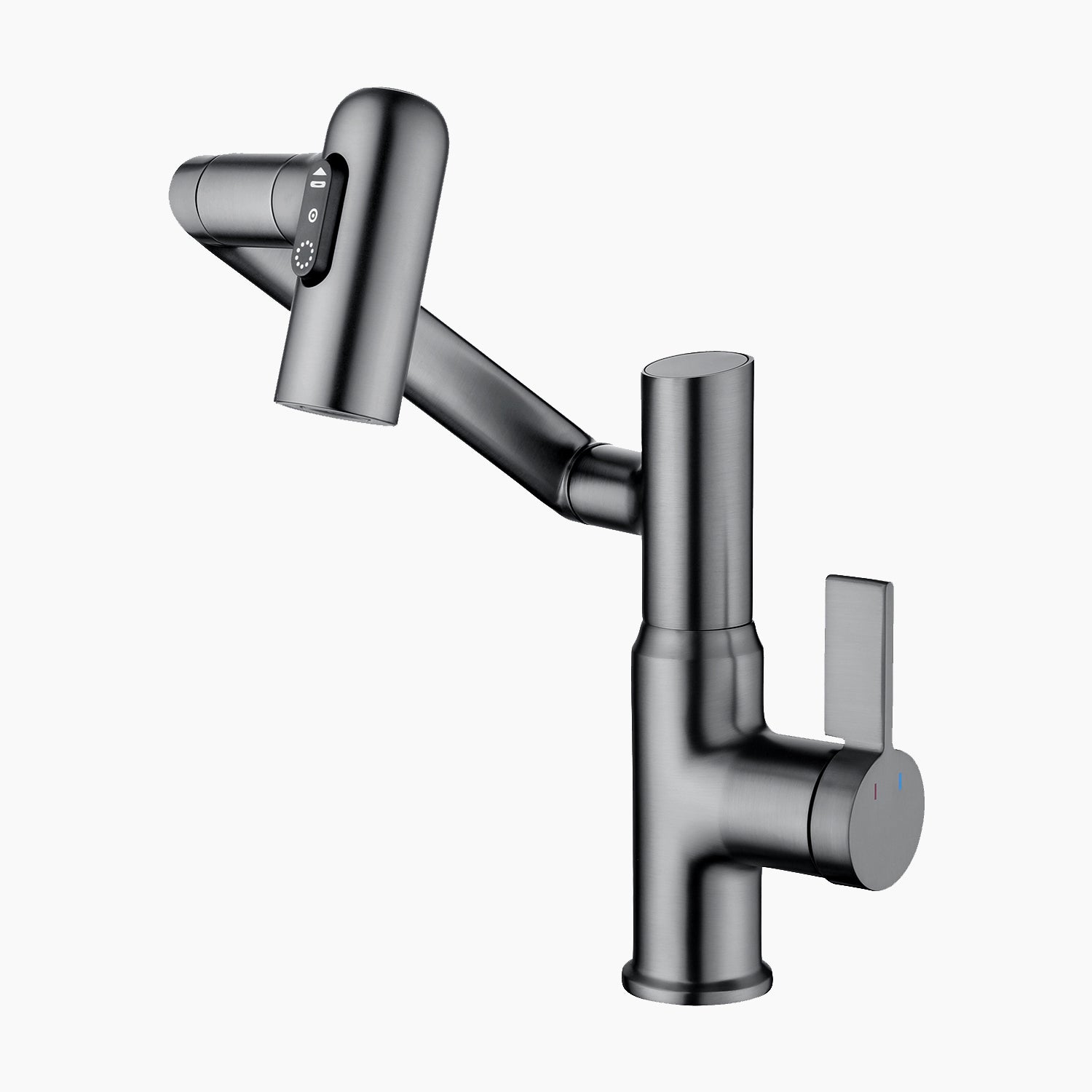





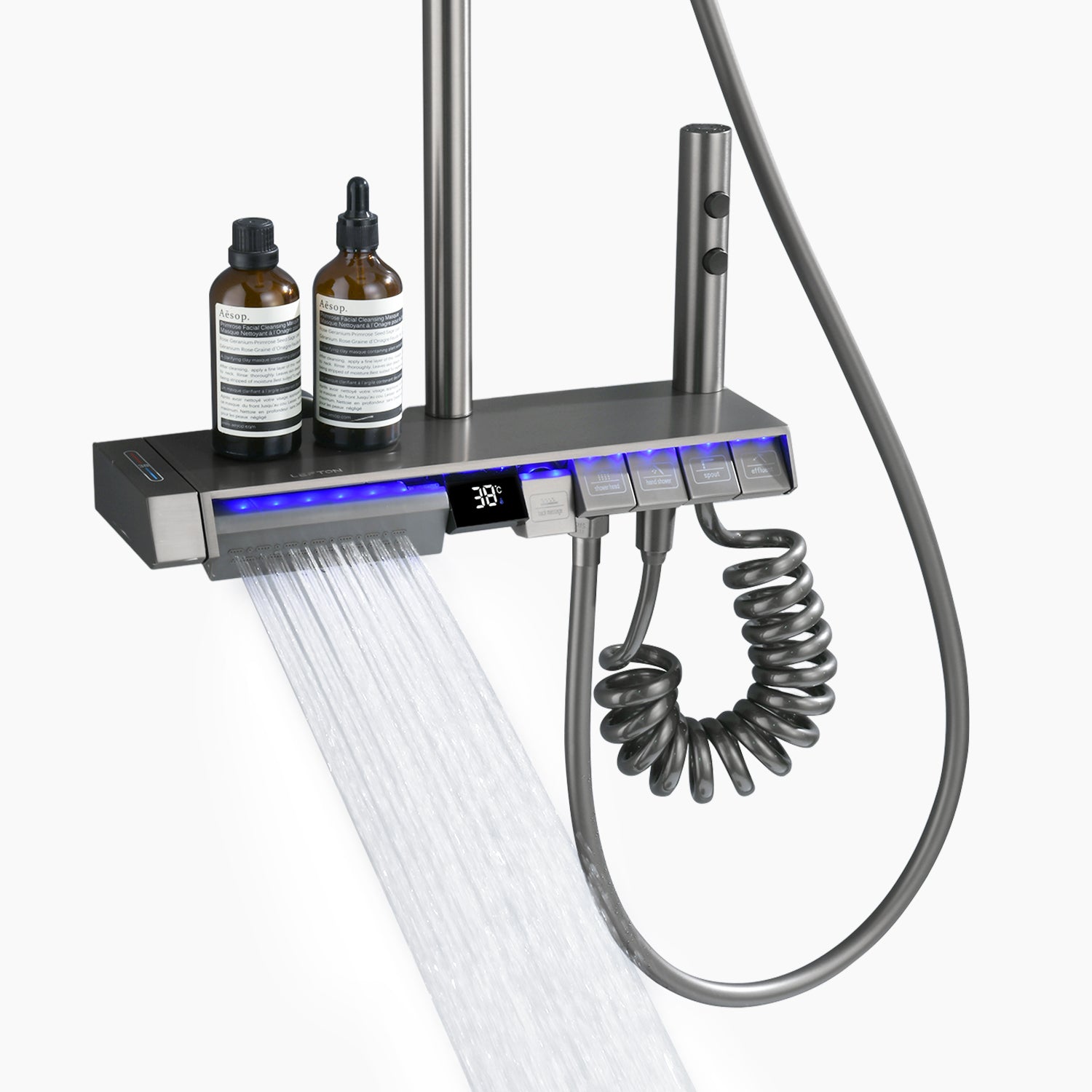
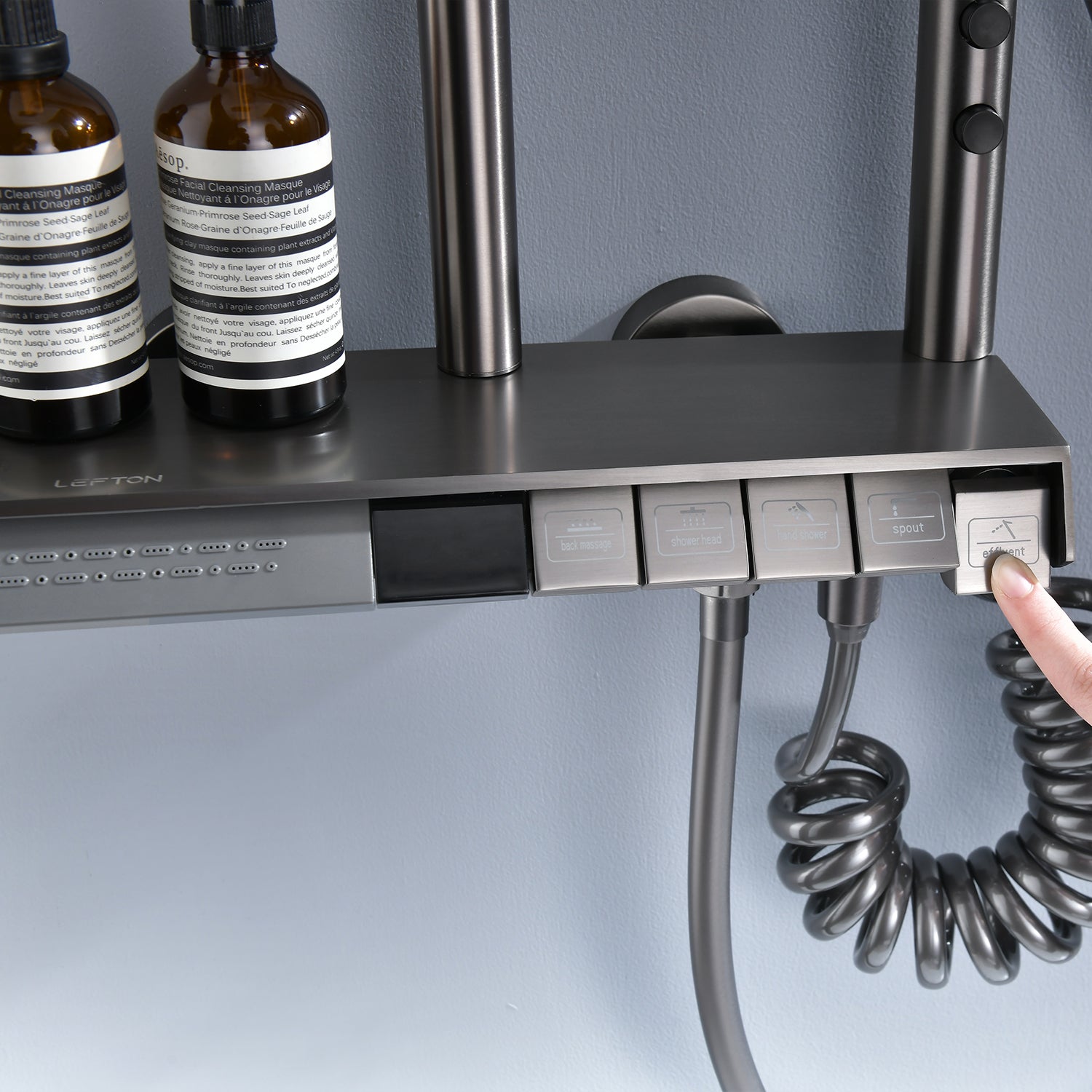
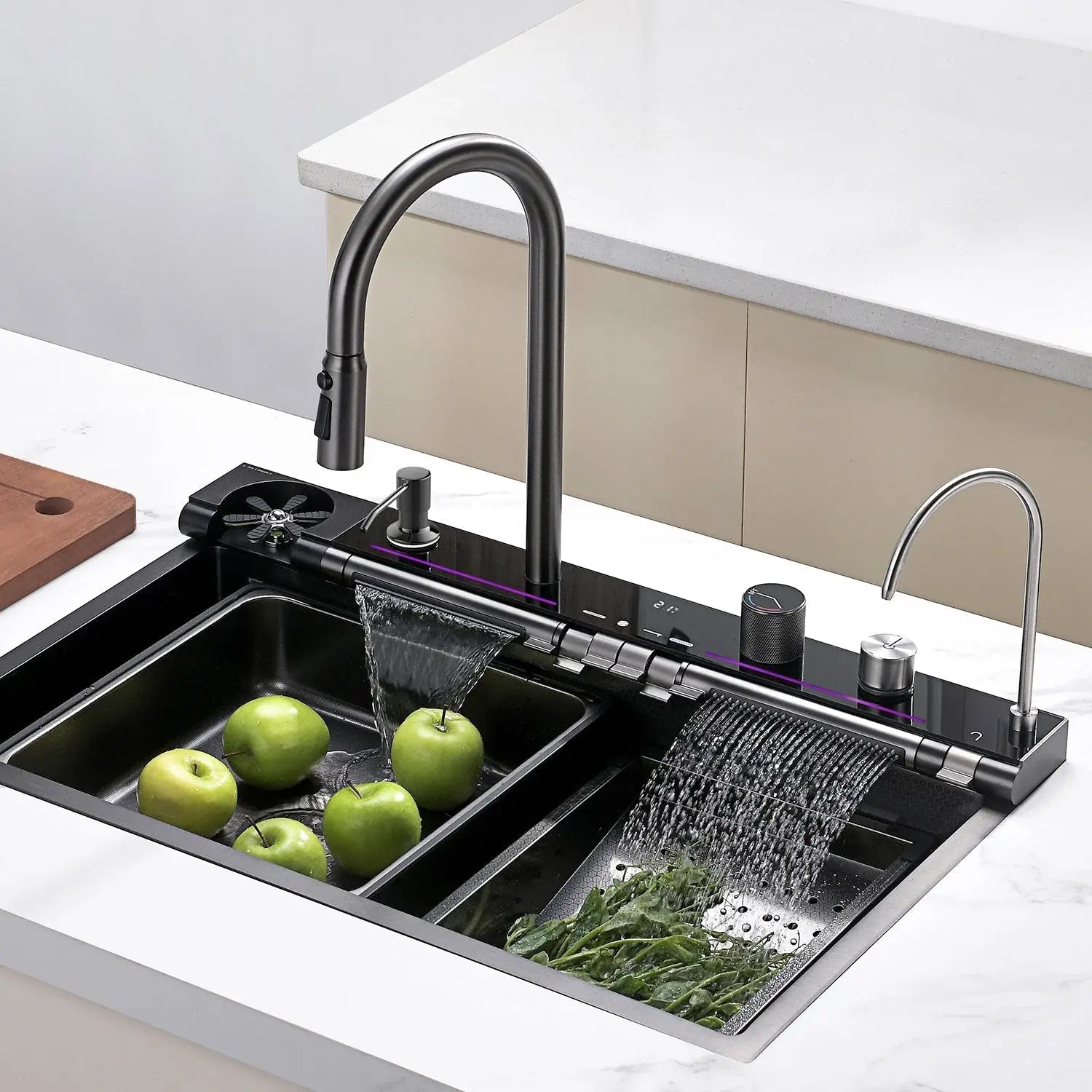

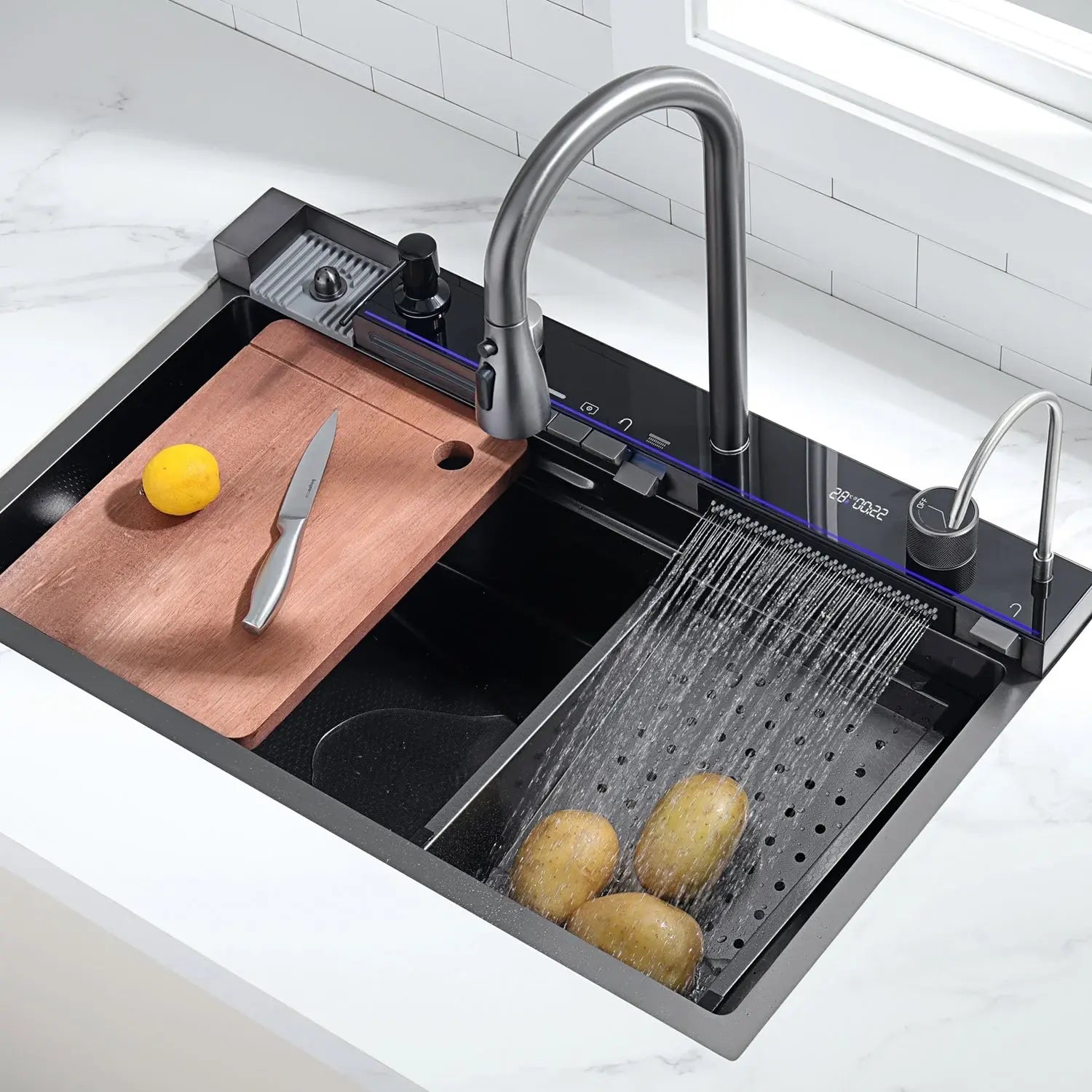

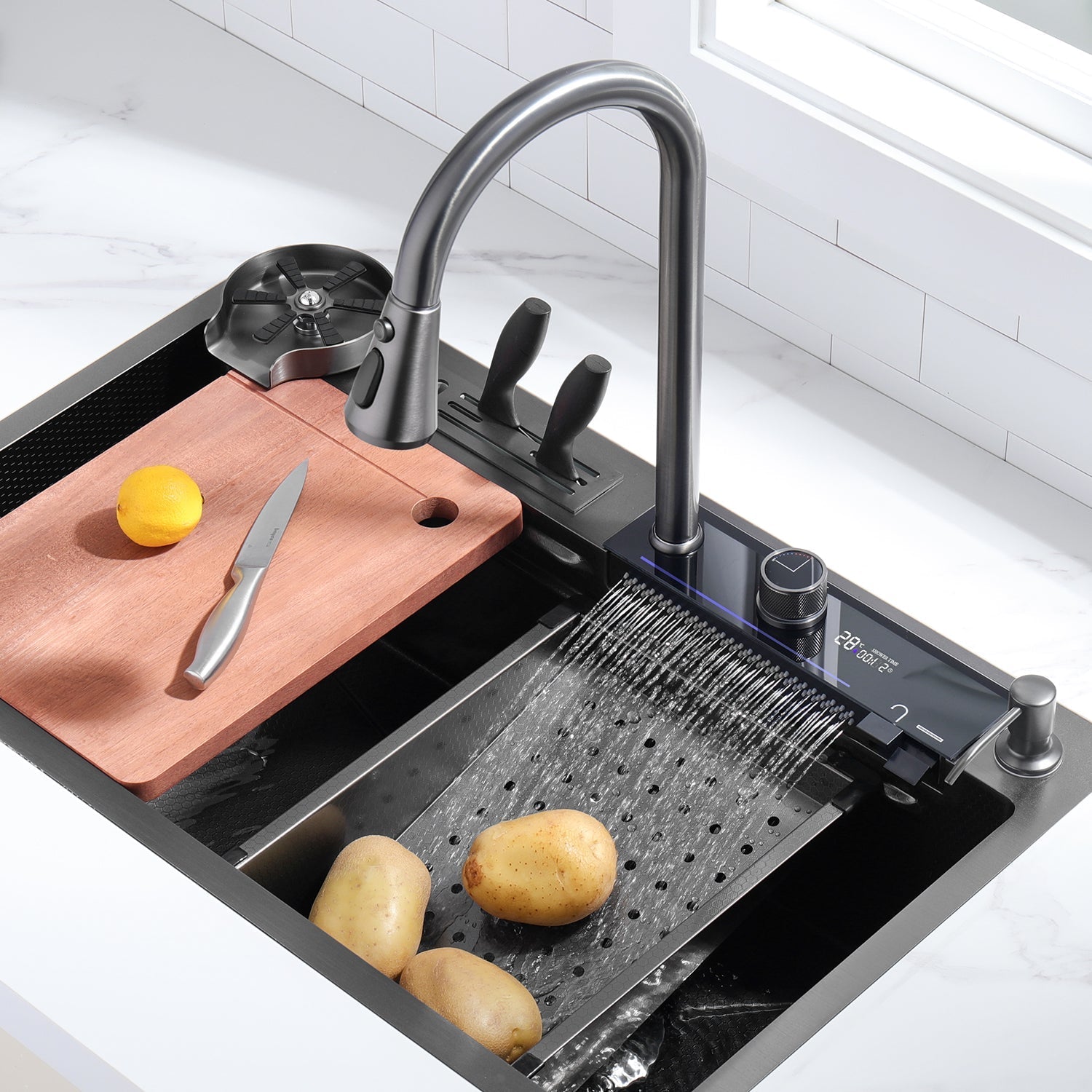

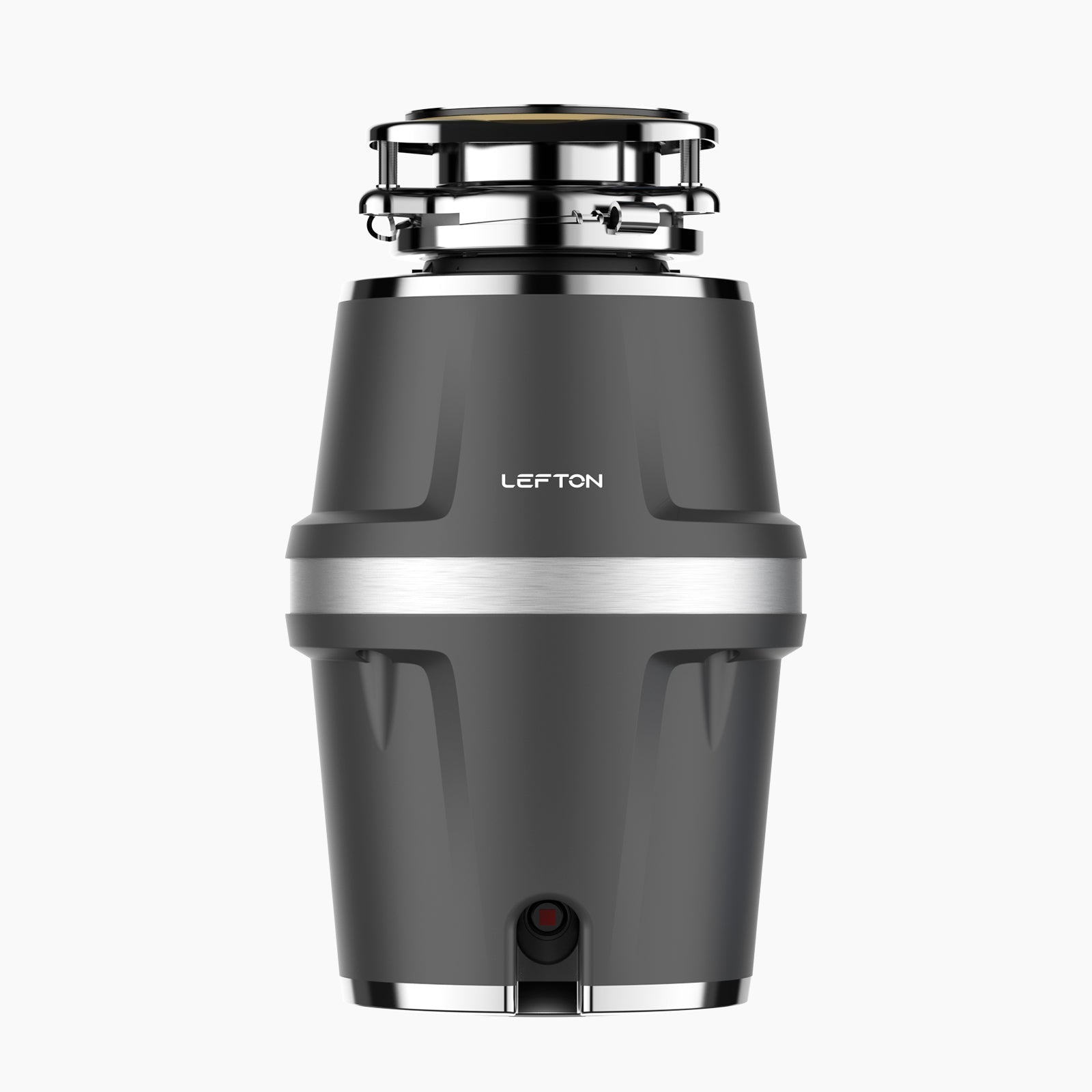



Leave a comment